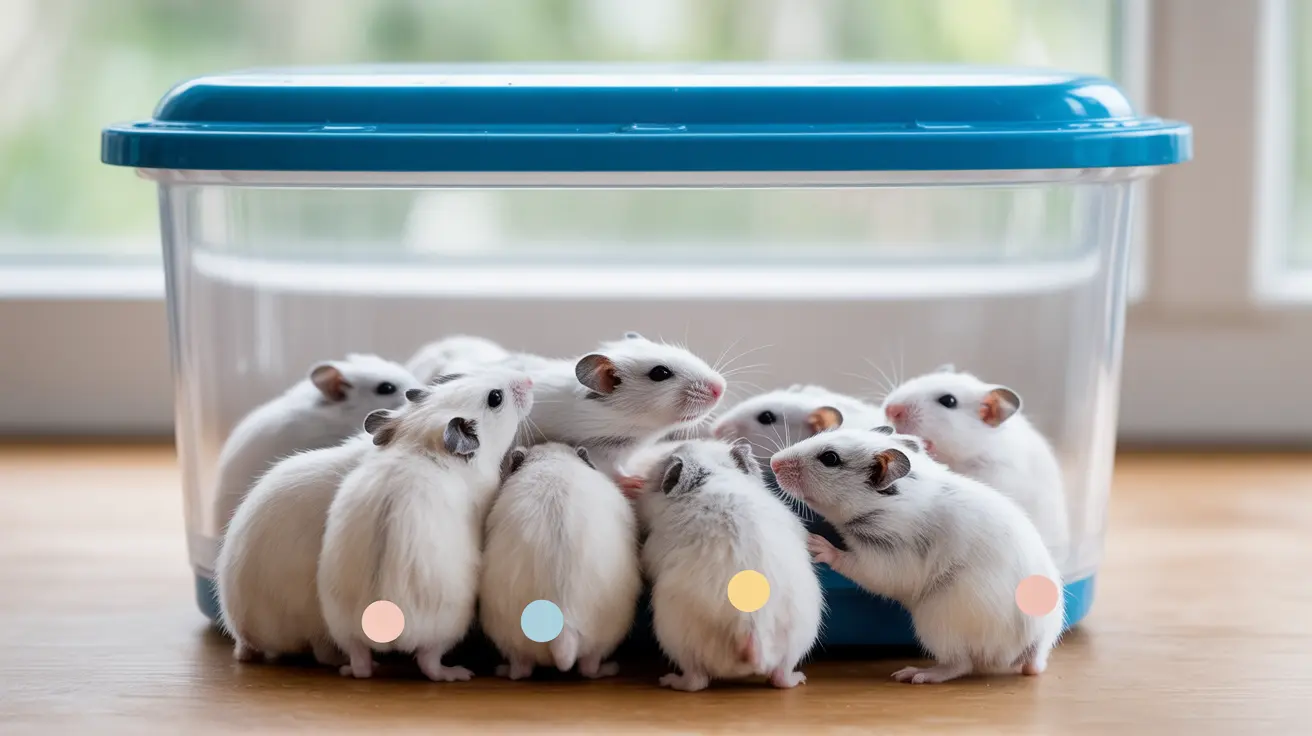Understanding Small Animal Hoarding Cases
Animal hoarding situations involving rodents present unique challenges due to their rapid reproduction rates. Unlike larger animals, mice and hamsters can multiply exponentially within short periods, leading to overcrowded conditions that compromise the health and welfare of all animals involved.
The Arcadia case demonstrates how quickly situations can escalate when proper breeding control measures aren't implemented. Small mammals require specific environmental conditions, regular veterinary care, and adequate space to thrive – conditions that become impossible to maintain when numbers grow beyond manageable levels.
Pasadena Humane Adoption Process
Following their rescue, the mice and hamsters received immediate medical evaluation and care from Pasadena Humane staff. These small animals are now available for adoption through the organization's standard adoption procedures.
Prospective adopters should be prepared to provide proper housing, nutrition, and ongoing veterinary care for their new pets. Small mammals have specific dietary and environmental needs that differ significantly from cats and dogs, requiring dedicated research and preparation from potential owners.
Preventing Rodent Breeding Complications
One of the most critical aspects of responsible small mammal ownership involves understanding and managing breeding behaviors. Pet mice and hamsters can reproduce at remarkably young ages – often as early as 6-8 weeks old – with gestation periods as short as 19-21 days.
Responsible pet owners should separate males and females unless they are prepared for the commitment of caring for multiple generations of animals. Even well-intentioned owners can quickly find themselves overwhelmed by rapidly expanding populations.
Caring for Pet Hamsters and Mice
Proper care for rescued rodents requires understanding their specific needs. These small mammals need appropriate cage sizes, proper bedding, species-appropriate diets, and regular health monitoring.
Temperature control is particularly important, as small rodents are sensitive to extreme temperatures. Fresh water, high-quality pellets, and occasional fresh vegetables form the foundation of proper nutrition for these animals.
Legal Penalties Animal Neglect in California
California maintains strict laws regarding animal welfare and hoarding situations. When authorities determine that animals are being kept in conditions that compromise their health and safety, legal consequences may include fines, mandatory counseling, and restrictions on future animal ownership.
These measures aim to protect animals while also addressing the underlying issues that contribute to hoarding behaviors. Mental health support is often a crucial component of addressing animal hoarding situations effectively.
Rodent Hoarding Public Health Risks
Large populations of rodents in unsanitary conditions can pose significant public health concerns. Overcrowding can lead to increased disease transmission, poor sanitation, and environmental contamination that may affect both the animals and surrounding community.
Professional intervention helps ensure that rescued animals receive proper medical care while also addressing any potential health risks associated with the hoarding situation.
Frequently Asked Questions
How can I adopt a rescued mouse or hamster from an animal hoarding case like the one in Arcadia?
Contact Pasadena Humane directly to inquire about available animals from this rescue. Be prepared to complete their standard adoption application process, which typically includes questions about your experience with small mammals, housing arrangements, and commitment to providing ongoing veterinary care.
What are the legal consequences of animal hoarding in California, specifically for rodents like mice and hamsters?
California animal welfare laws apply to all species, including small mammals. Consequences may include criminal charges, fines, mandatory counseling, and restrictions on future pet ownership. The severity depends on factors such as the number of animals involved and the conditions in which they were kept.
How do shelters prevent rapid reproduction among rescued mice and hamsters before adoption?
Shelters typically separate males and females immediately upon intake and may provide spaying/neutering services when appropriate. Some facilities also conduct pregnancy checks and prepare for potential births that may occur shortly after rescue.
What health risks do mice and hamsters face in hoarding situations, and how can I care for a newly adopted small rodent?
Overcrowded conditions can lead to respiratory infections, parasites, malnutrition, and stress-related illnesses. Newly adopted animals should receive veterinary examinations and be provided with clean, appropriately sized housing, proper nutrition, and a quiet environment to reduce stress during the transition period.
Conclusion
The rescue of nearly 100 mice and hamsters from the Arcadia animal hoarding situation represents both a successful intervention and an opportunity for responsible pet owners to provide loving homes for animals in need. This case serves as an important reminder about the rapid reproduction capabilities of small mammals and the critical importance of responsible pet ownership.
For those considering adopting rescued rodents, proper preparation and understanding of their specific care requirements will ensure successful, long-term relationships with these small but engaging companions.






